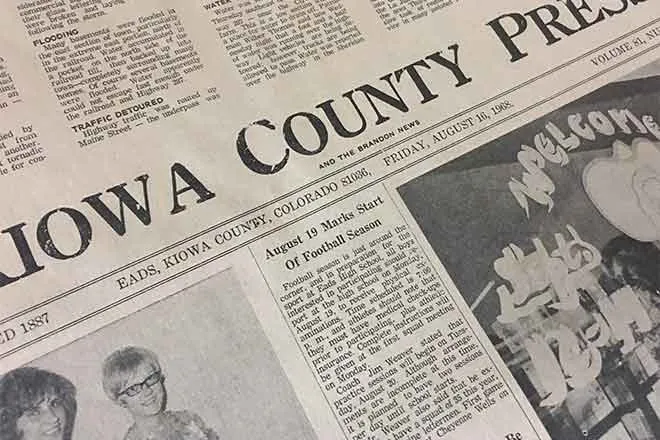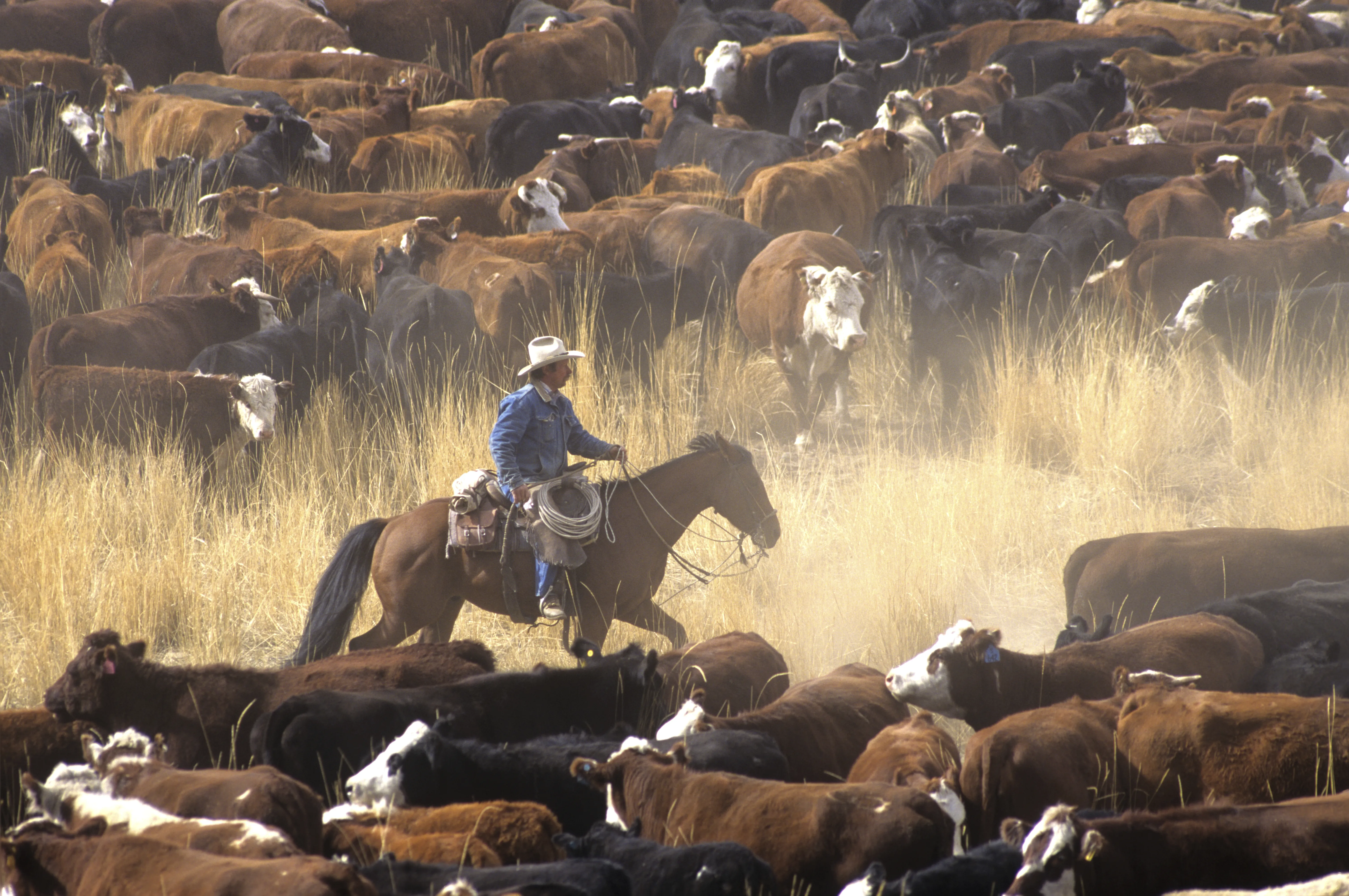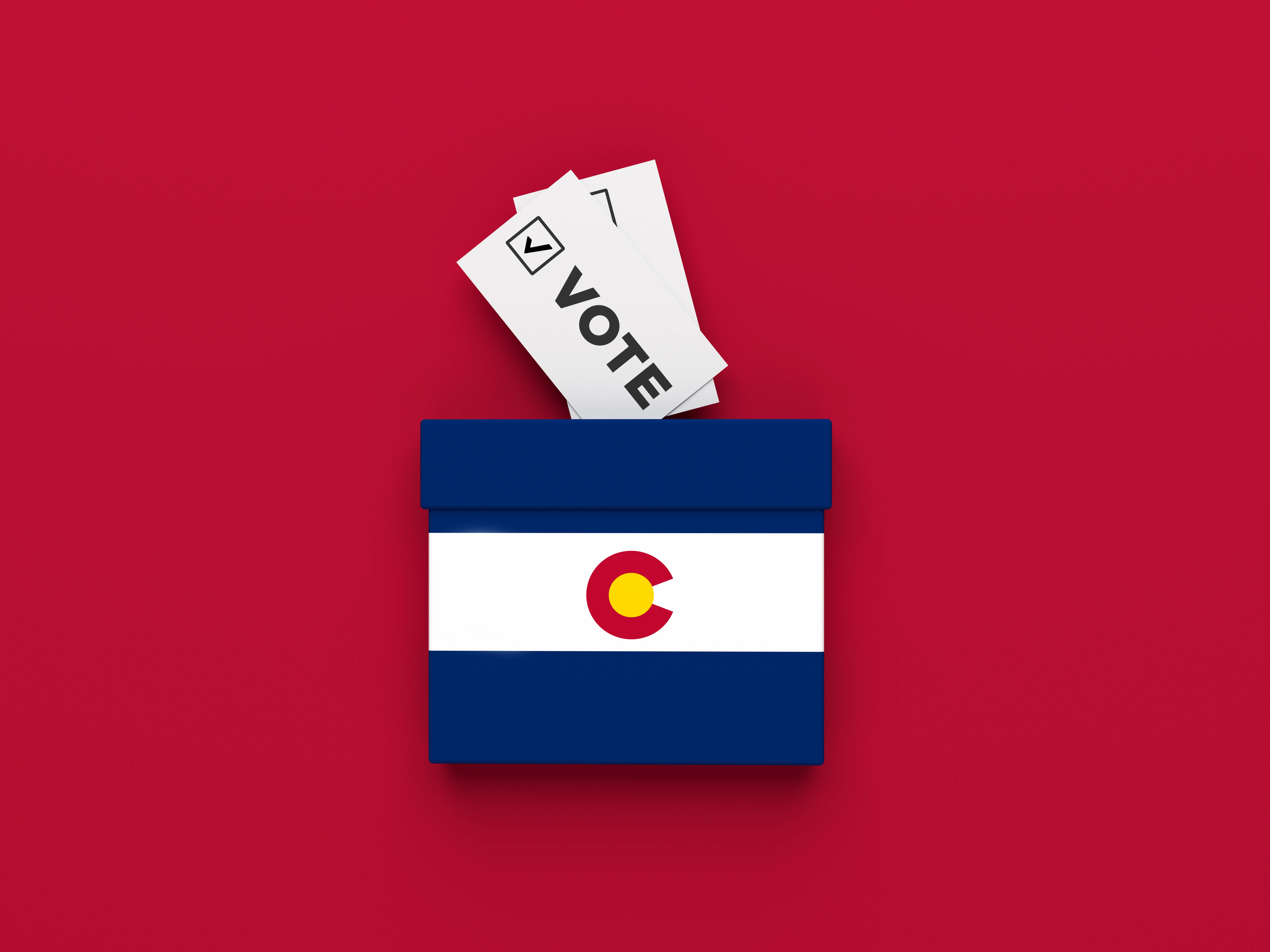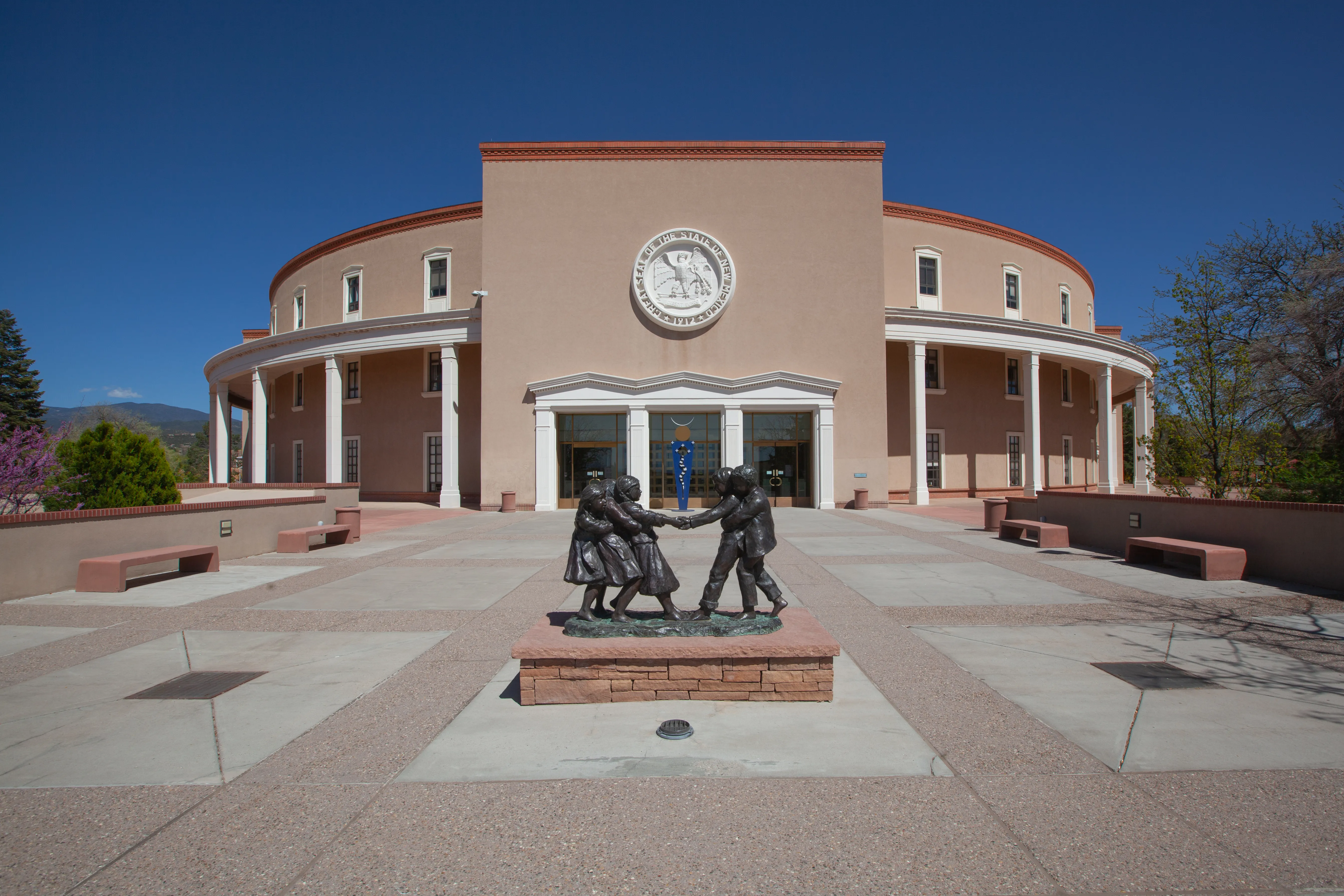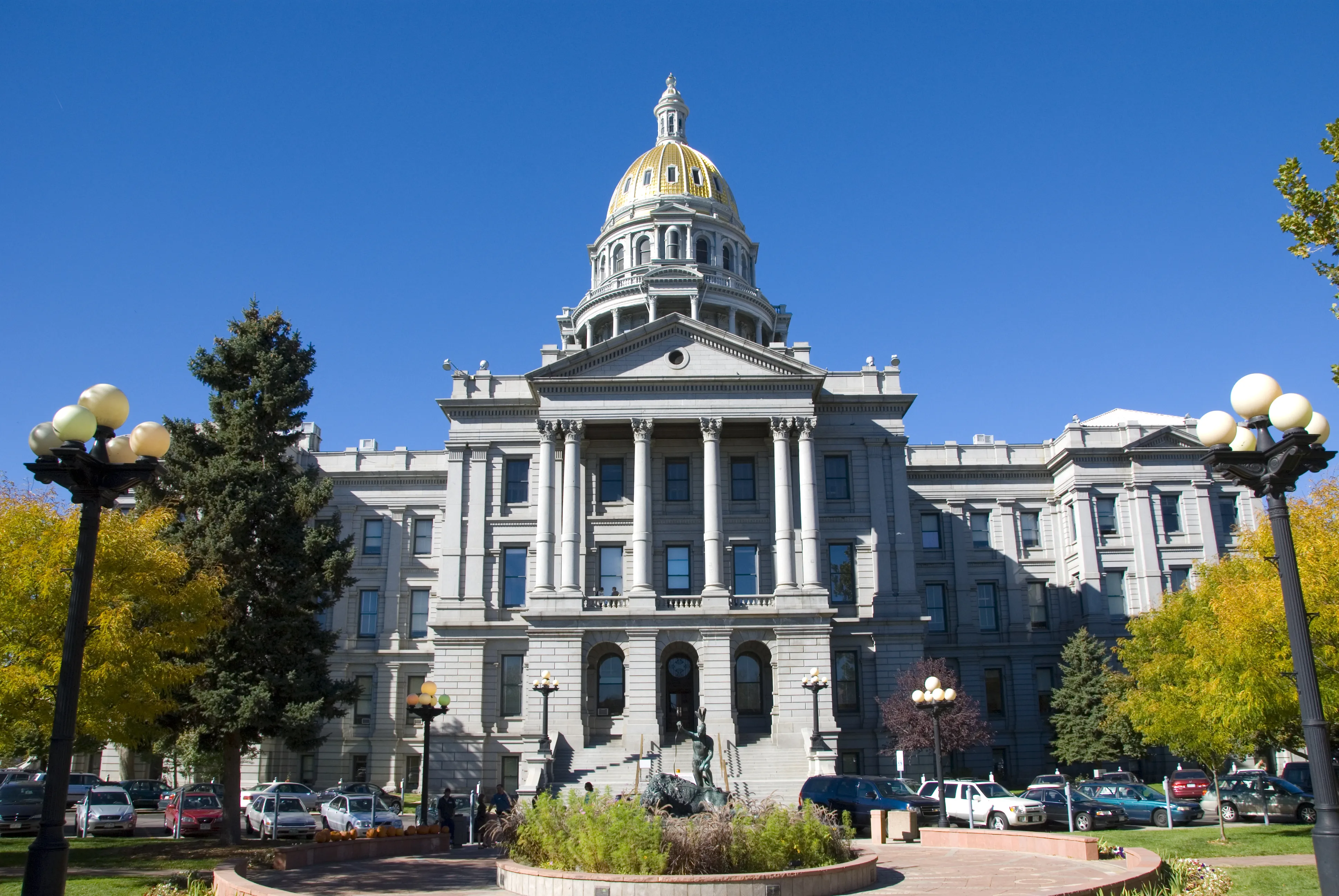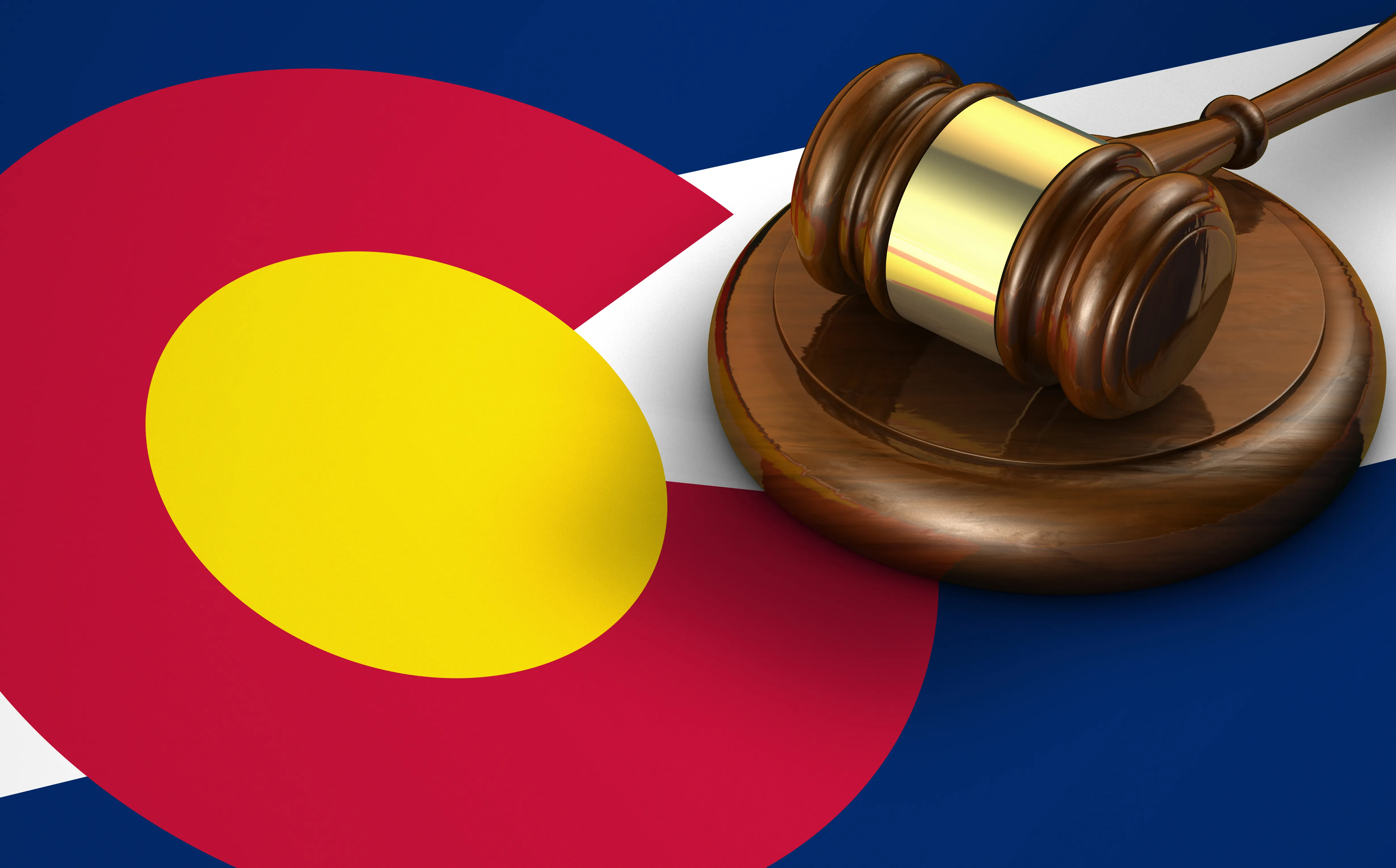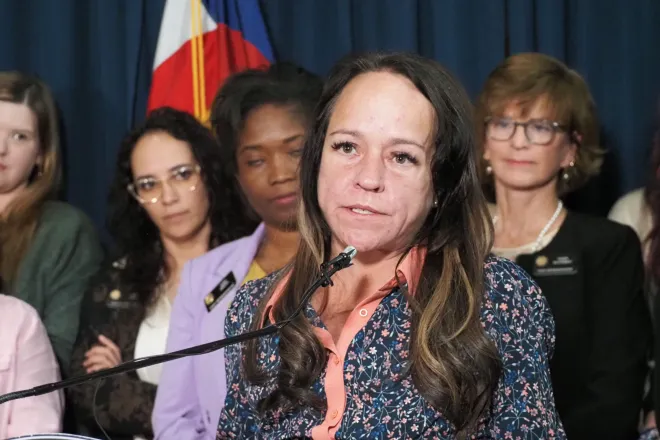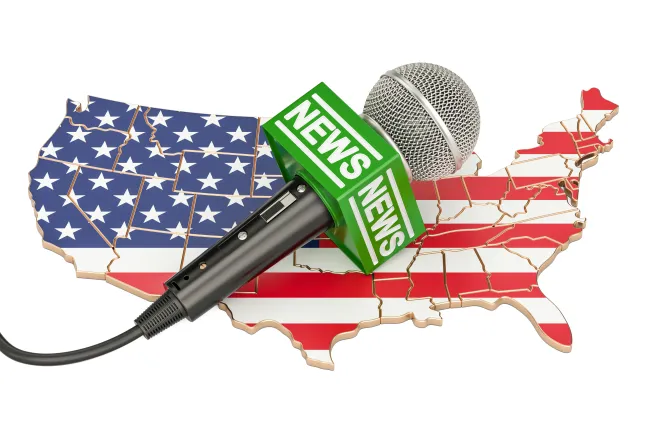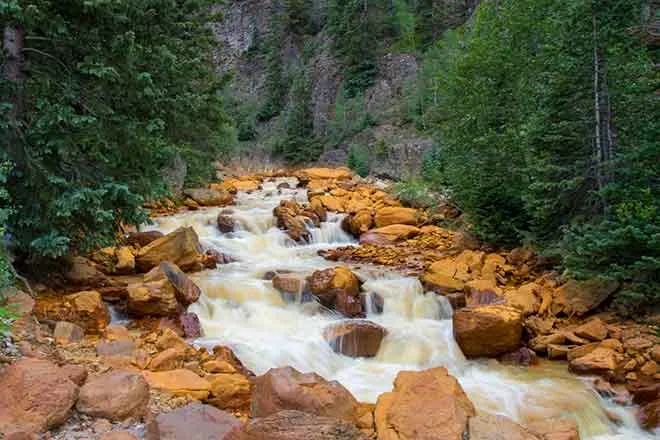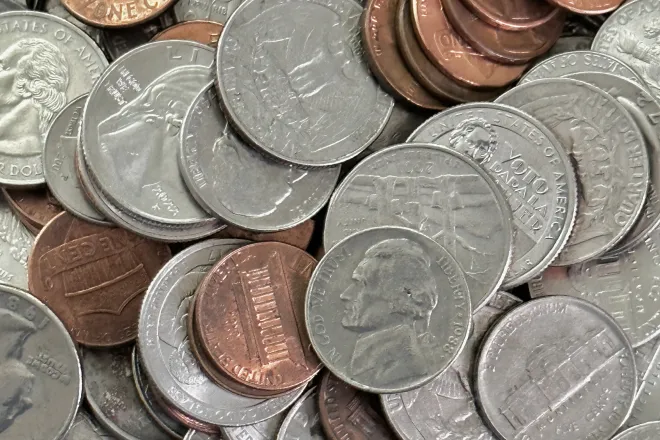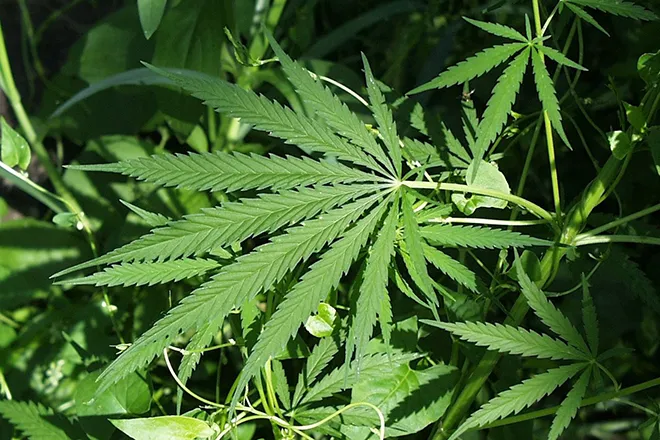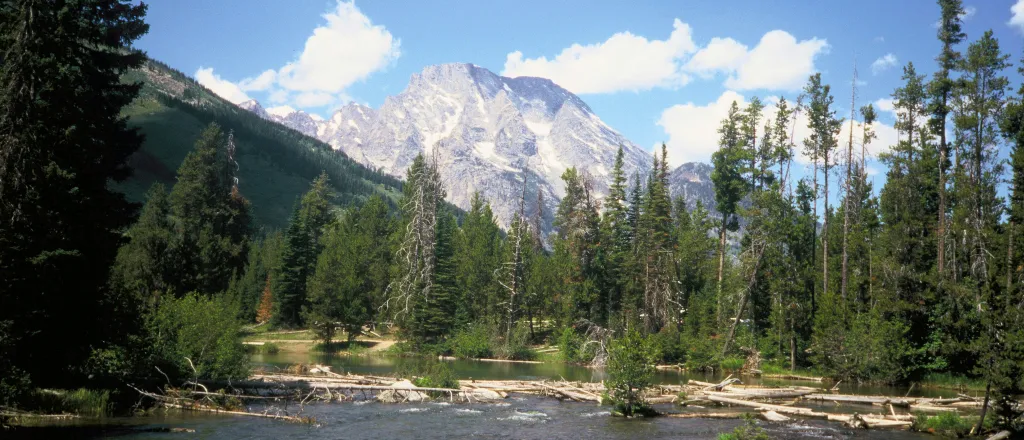
Federal bill, Interior could weaken national monument protections
Click play to listen to this article.
Over the last 120 years, U.S. presidents have used the Antiquities Act almost 300 times to recognize national monuments, protecting portions of federal lands that are of particular historic or scientific importance. Now federal efforts are underway to limit that power and "review" monuments. The Big Hole National Battlefield and Upper Missouri River Breaks National Monument are two of several areas in Montana designated by a president's authority. Unlike other federal public lands, national monuments are typically not open for oil and gas drilling or mining activities.
Mike Penfold, program leader of the historical preservation group Our Montana, calls the Antiquities Act "a wonderful asset."
"We've got a really good ability for Republican and Democratic presidents to respond to local and sometimes regional people who see special qualities in these areas of federal land," he said.
U.S. House Resolution 521, referred to the House Committee on Natural Resources last month, seeks to reserve the authority to establish or extend national monuments for Congress. Meanwhile, Secretary of the Interior Doug Burgum began his tenure detailing a plan for "American energy dominance" that includes an order to, quote, "review and, as appropriate, revise all withdrawn public lands, consistent with existing law."
Penfold, Our Montana and other groups have been working to get a national monument designation for part of the Pryor Mountains, an area with fragmented management split among three federal agencies. Part of the range is within the boundaries of the Crow Reservation. A national monument designation could help unify management.
"It's an amazing area that has a lot of cultural resources and different kinds of ecological systems. So we were hoping to get that designated as a national monument," he continued. "That is not in the cards right now."
Penfold added that national monuments help drive Montana's tourism industry, which in 2023 brought in about 13 million people who spent nearly $5.5 billion.

